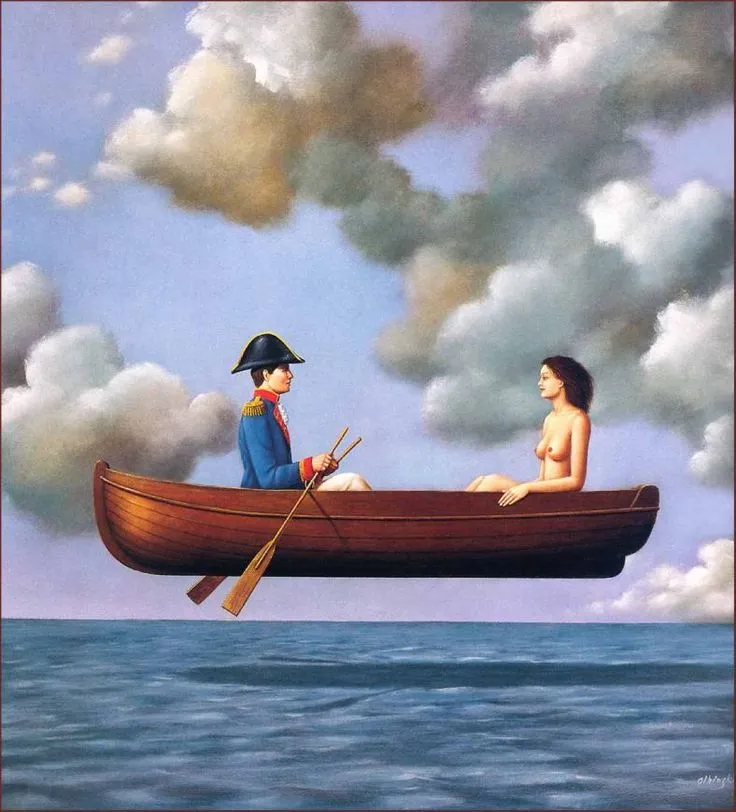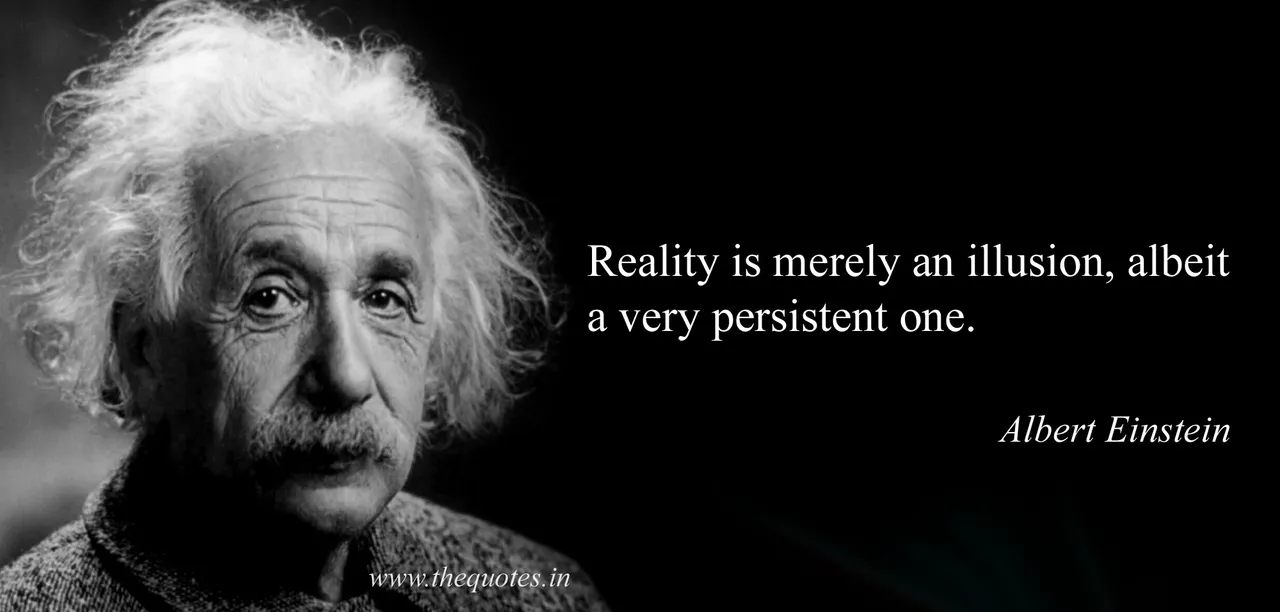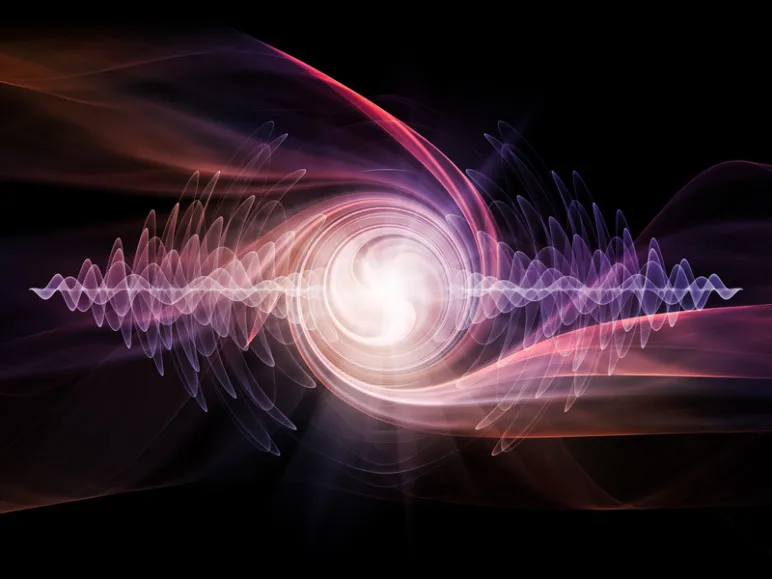It seems that the world and the entirety of mankind is on the brink of some great realization that could completely revolutionize the nature of our existence.
Those who are savvy with spiritual, mystical, or philosophical understandings may be totally familiar with this view. The Hindus call this world Maya, the great illusion. Buddhists spend untold time in meditation hoping to be liberated from this false existence. Philosophical idealists believe that the world as we know it is nothing more than a mental construction. Many indigenous worldviews state that the world is a collective dream.
They all seem to be saying the same thing. This world is an illusion.
This flies in the face of the mainstream western view that the physical world is fundamental and exists independent of ourselves—otherwise known as materialism. Most don’t think this to be an assumption, but an indisputable fact. This only goes to show how fundamental of an assumption it is.
In fact, the materialist assumption underpins the scientific method upon which all contemporary scientific knowledge is based. That means our knowledge of gravity, evolution, biology, and chemistry all rests upon the foundation of materialism. Despite its ubiquity, there are some very intelligent men who don’t believe that it’s true.
Recent discoveries of science have been indicating an apparently primary role of consciousness in the nature of reality. Quantum Physics, particularly, has been indicating this fact. In light of this, some quantum physicists are sounding much more like mystics than one might expect:
I regard consciousness as fundamental. I regard matter as derivative from consciousness. We cannot get behind >consciousness. Everything that we talk about, everything that we regard as existing, postulates consciousness.
-Max Planck, originator of quantum theory-
Within quantum physics, there is this idea called particle-wave duality. Essentially, it states that everything that exists can behave as either a particle (a solid object moving with particular mass, velocity, and location) or a wave (a diffuse energy potential with no clear mass, velocity, or location) and everything in between.
The truly remarkable part about this is what determines whether or not something seems to behave as a particle or a wave at a particular moment. This distinction isn’t entirely random, something must determine whether something is a particle or a wave, right?
As it turns out, that something is us.
What has been determined by the infamous double slit experiment is that light and—it turns out—matter seems to behave as a particle or a wave based on whether or not someone is observing it. That is, they seem to behave as a wave when we don’t look and a particle when we do.
As you can imagine, this experiment put the scientific community into an uproar. Quantum physics is so contentious in fact that even now, 90 years later, there is still no consensus on what the double slit experiment means.
Some postulate it means we live in one of infinite alternate realities. Many claim that there is no reality other than the observation that is made. There is even a theory (my personal favorite) that it is consciousness itself which causes the collapse of the wave-function. Though the truth is—we don’t know the truth.
(if you’d like to see more theories you can learn about them here)
Regardless of what the verdict is, there is one thing that is for sure: the universe isn’t so solid as we imagine it is.
While the scientists argue, I can’t help but wonder:
What if the universe is a projection of mind? What would it mean about our connection to this vast cosmos? Our connection to one another? What new possibilities may emerge from this new understanding?
I don’t have the answers to any of these questions, but they’re certainly fun to contemplate. Perhaps the greatest wisdom, though, can be found in an old song:
Row, row, row your boat
Gently down the stream
Merrily, merrily, merrily, merrily
Life is but a dream

source
Happy dreaming!

